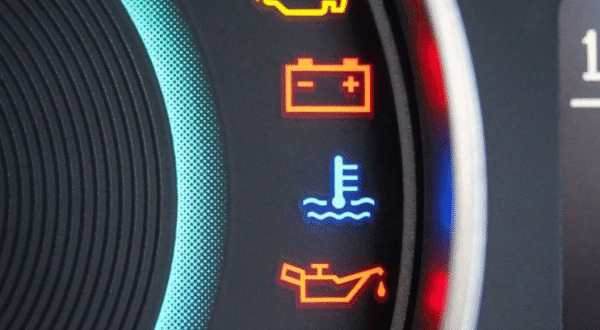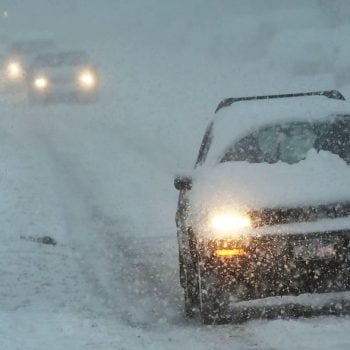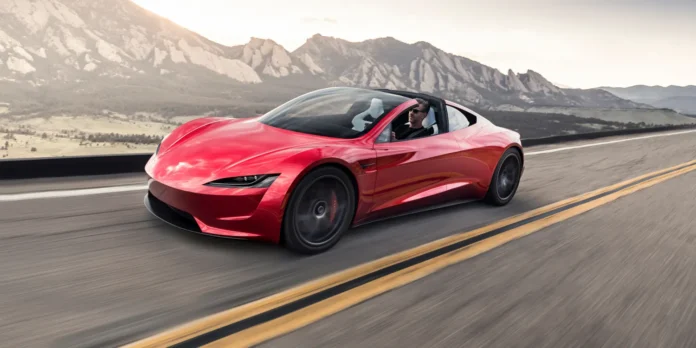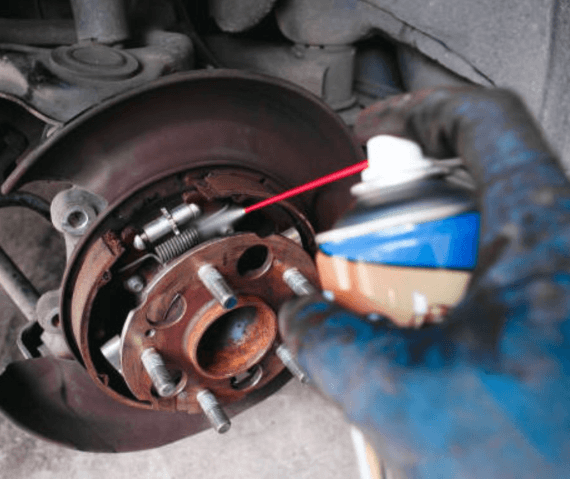Ever turned the key or pressed the ignition button only to see a blue coolant light flash on your dashboard? Don’t panic—this isn’t a sign of doom for your engine. In fact, it’s often a normal and healthy part of your car’s startup process.
Let’s break it down so you know when to stay calm—and when to take action.

🔧 What Is the Blue Coolant Light?
The blue coolant light is your car’s way of letting you know that the engine is still cold. When you start your vehicle, especially after it’s been sitting for a while (like overnight), the engine coolant hasn’t yet warmed up. This light acts as a coolant temperature indicator, signaling that the engine hasn’t reached its optimal operating temperature.
Bottom line: When it briefly lights up during startup, it’s totally normal.
💡 Why It Comes On (and Why That’s OK)
Modern vehicles are full of sensors and systems designed to keep your engine running smoothly. The blue coolant light is triggered by the coolant temperature sensor. When the sensor detects that the coolant is still below a safe operating temperature, the light comes on to let you know.
Once your engine warms up—usually within a few minutes of driving—the light turns off. This shows that the system is doing its job correctly.
⚠️ When the Blue Coolant Light Is a Warning
While it’s normal for the light to appear during startup, it shouldn’t stay on for long. If the blue light lingers after a few minutes of driving, or reappears repeatedly, that could be a sign of trouble.
Here are some common issues to watch out for:
🔁 1. Lingering Blue Light
If the light doesn’t turn off after the engine has had time to warm up, your car may not be reaching the proper temperature. This could lead to poor fuel efficiency, engine wear, and other performance issues.
🛠️ 2. Malfunctioning Thermostat
The thermostat controls coolant flow based on engine temperature. If it gets stuck open, coolant keeps circulating before the engine is warm enough, preventing proper heating. As a result, the blue light stays on longer than it should.
💧 3. Low Coolant Level
Coolant doesn’t just magically stay full forever. Over time, small leaks or evaporation can reduce coolant levels. If there’s not enough coolant in the system, the engine won’t heat up efficiently—and that blue light will let you know something’s off.
✅ Tip: Check your coolant reservoir and refill if it’s low (but only when the engine is cool!).
🚫 4. Faulty Coolant Circulation System
A failing water pump, clogged radiator, or blocked hoses can disrupt the coolant flow. That means even if your thermostat is working fine, the engine won’t heat up properly, keeping the blue light on longer than normal.
🚨 What If the Light Turns Red or Starts Flashing?
Some car models use a blue-to-red or flashing coolant light system. If you notice a red coolant light or a flashing blue light, this usually means your engine is overheating—the opposite of what the blue light initially signals.
👉 In that case: Stop driving immediately, turn off the engine, and let it cool down. Continuing to drive with an overheating engine can cause severe damage.
✅ Final Thoughts
The blue coolant light at startup is typically nothing to worry about. It’s your car saying, “Hey, the engine’s still cold—give me a minute.”
But if that light lingers or you notice unusual behavior, it’s worth investigating further. Keeping an eye on your coolant levels and paying attention to changes in your dashboard lights is one of the simplest ways to keep your car healthy and safe on the road.




